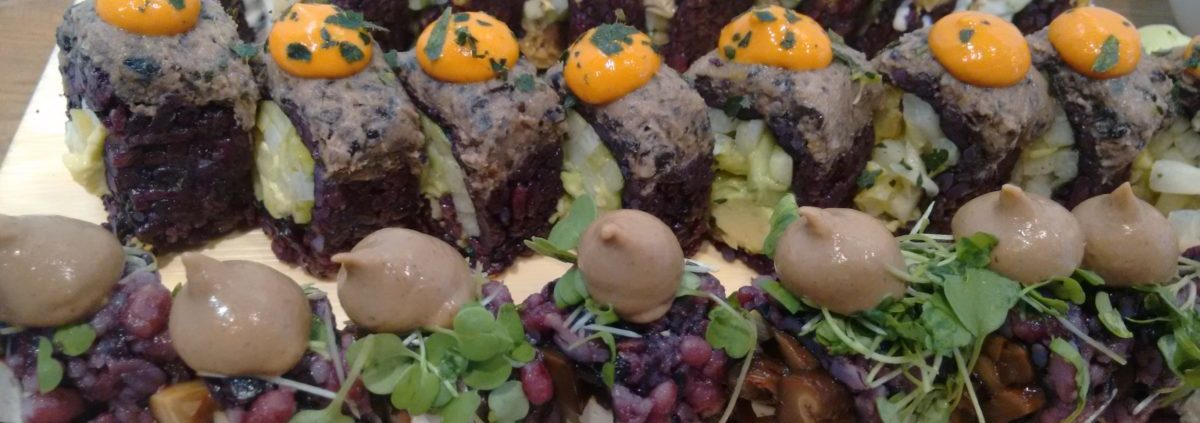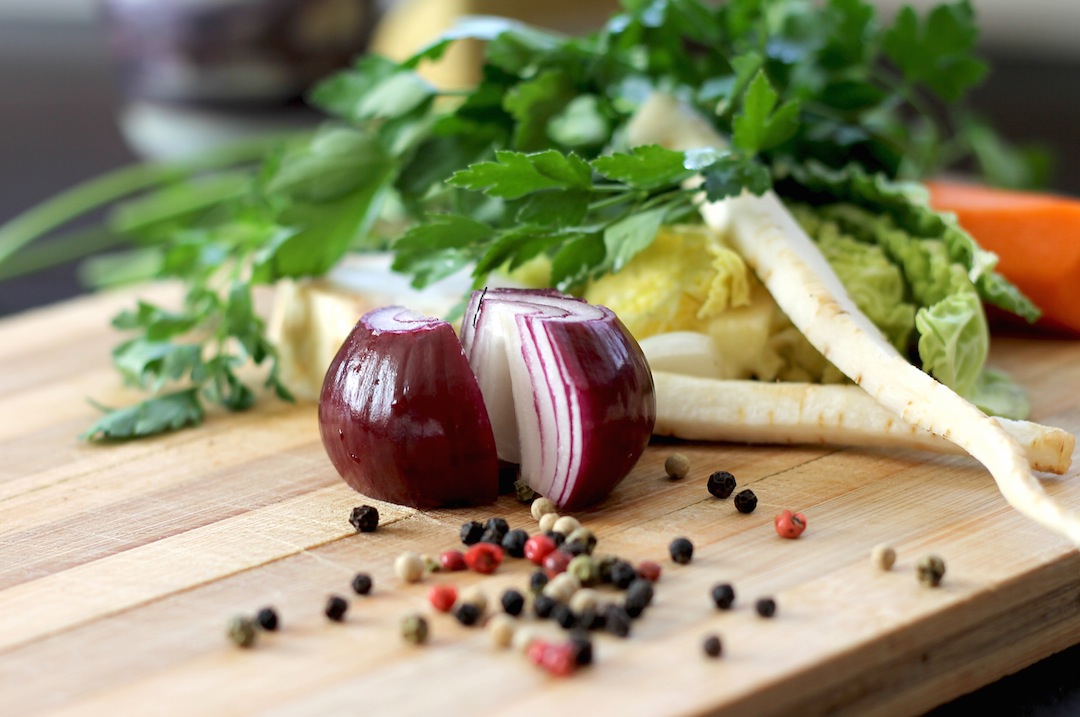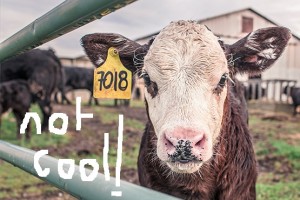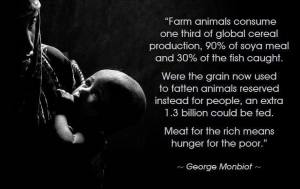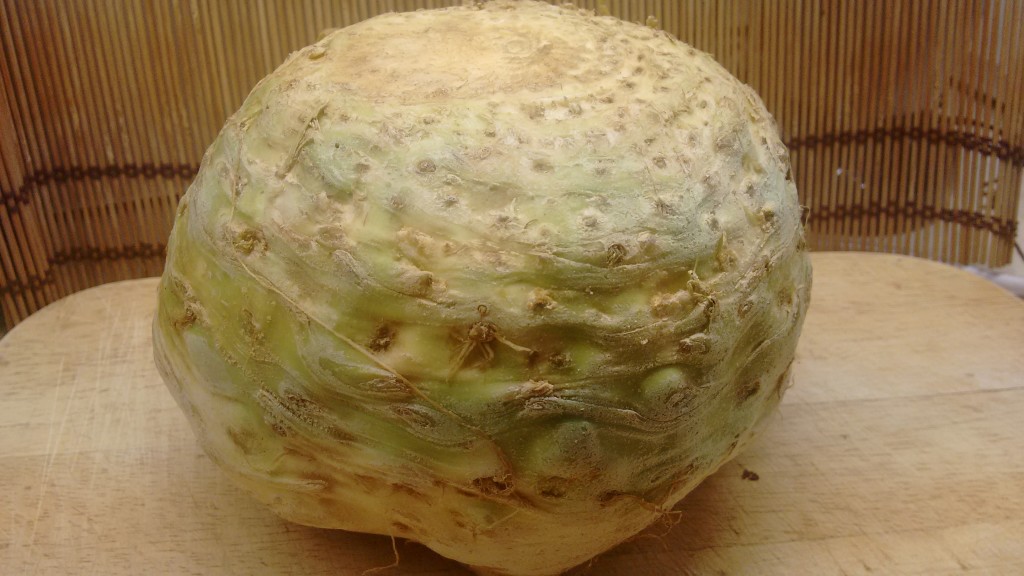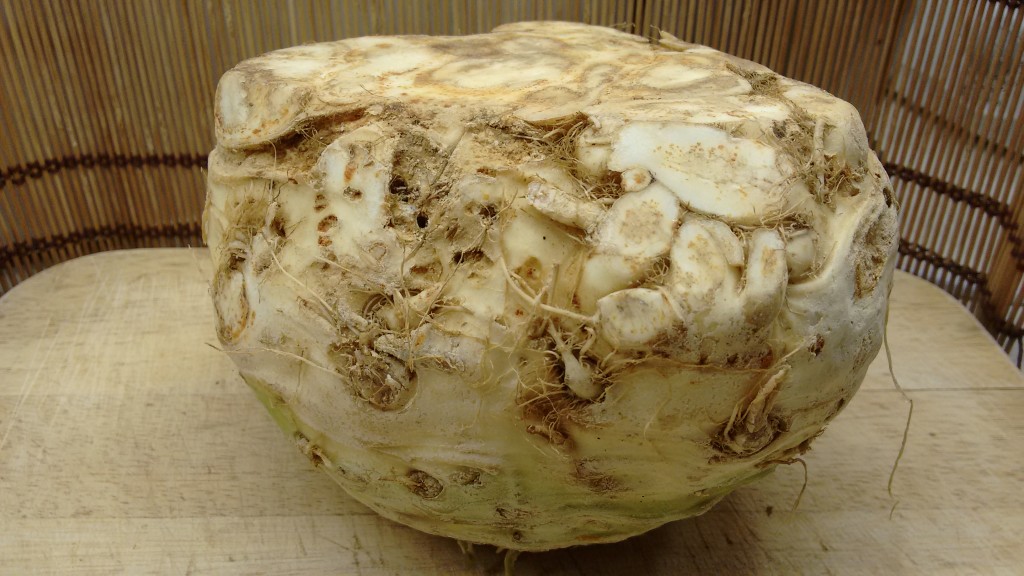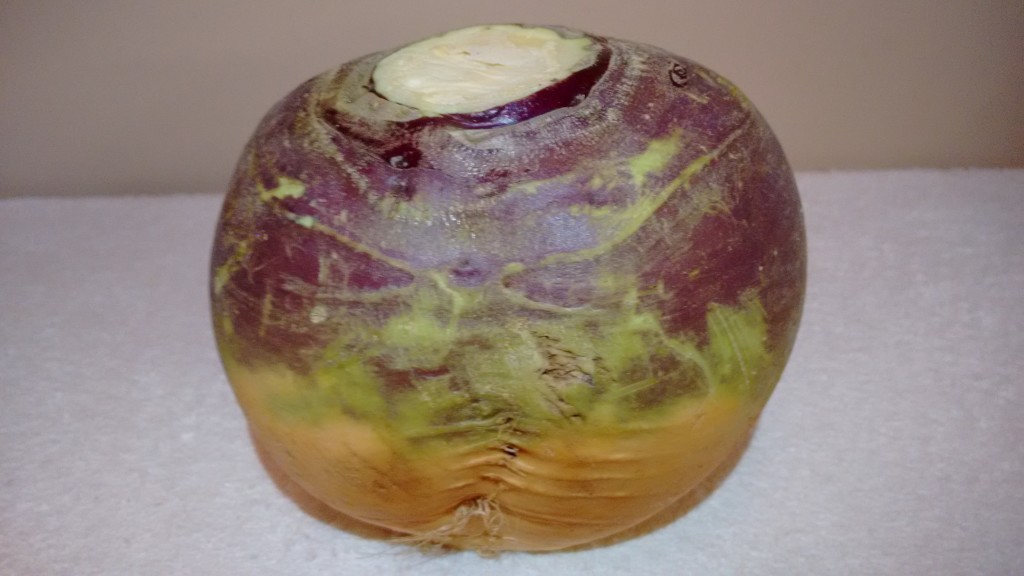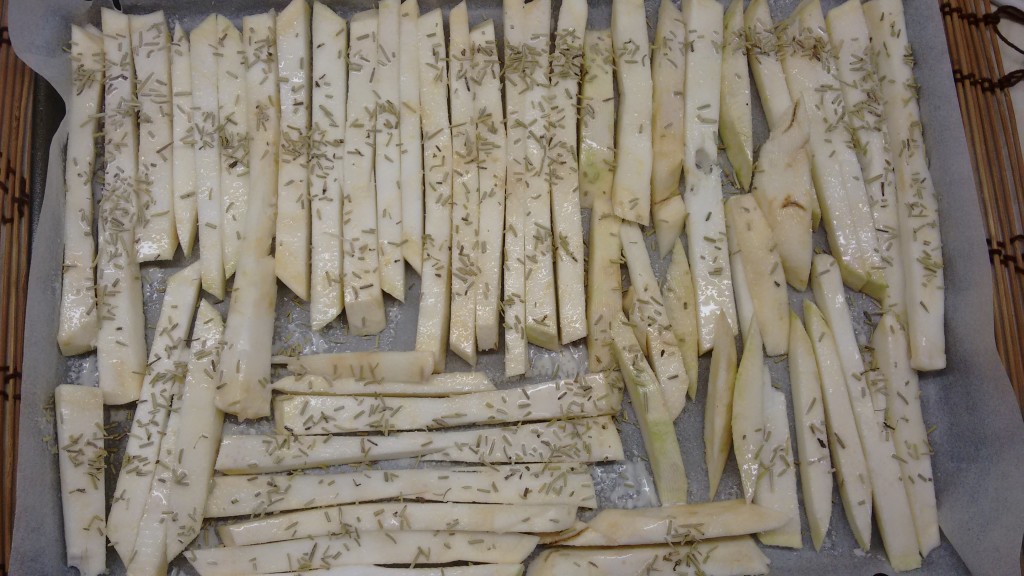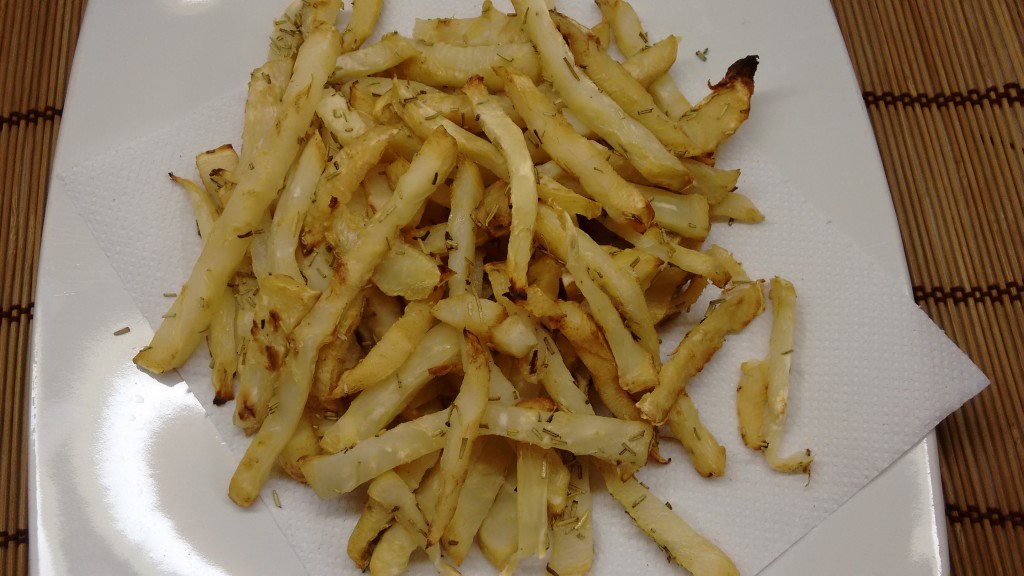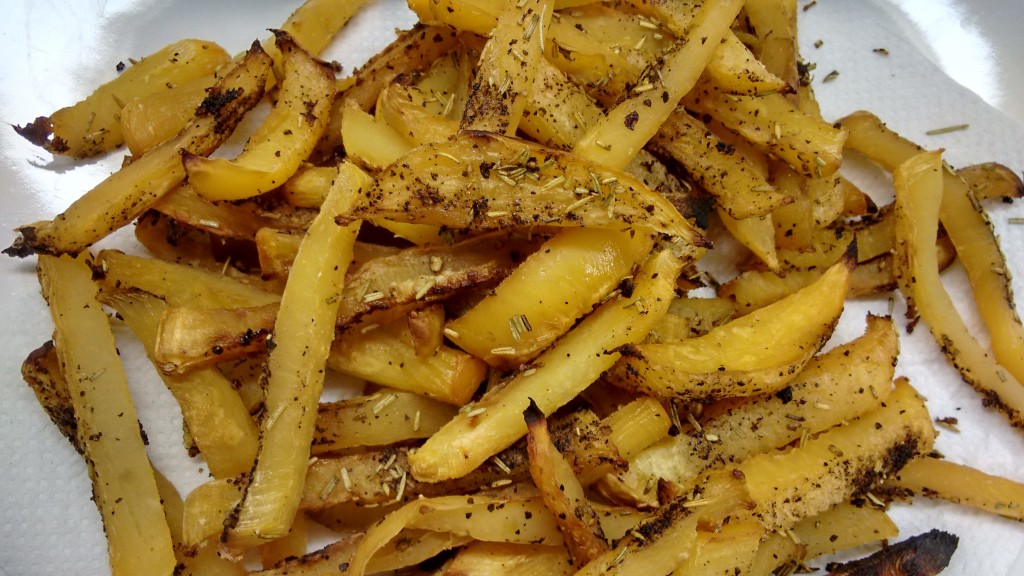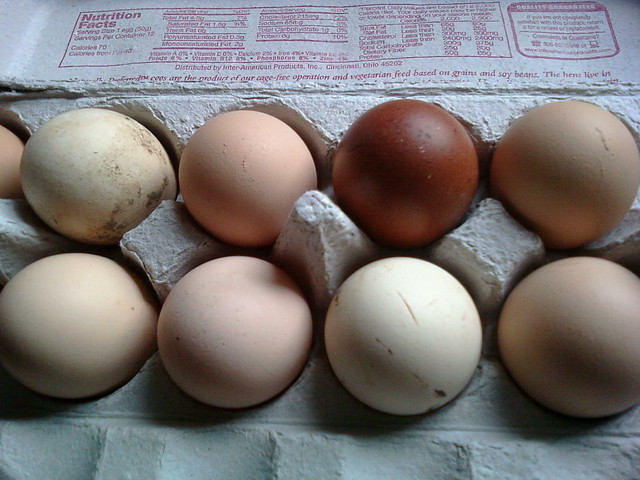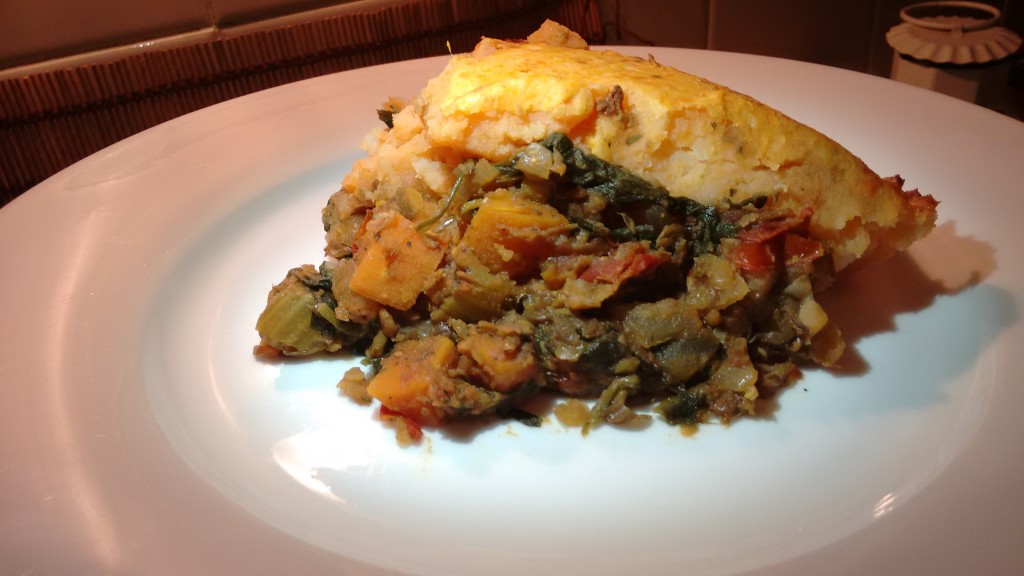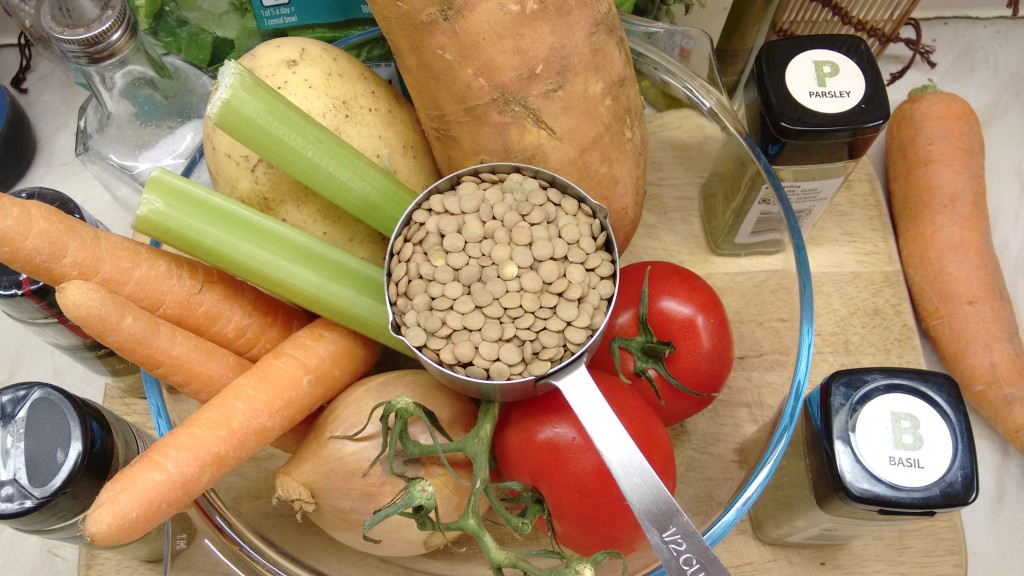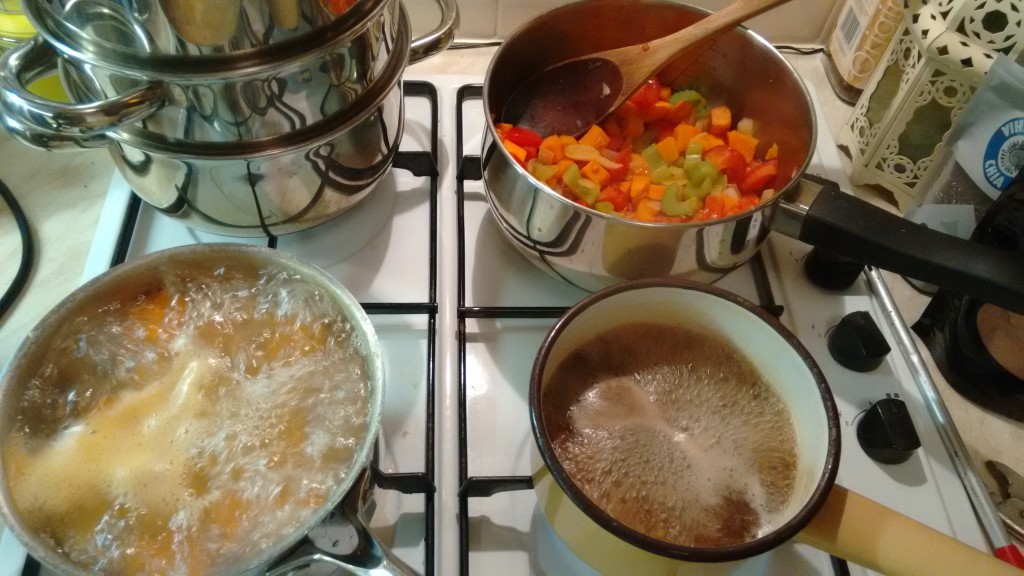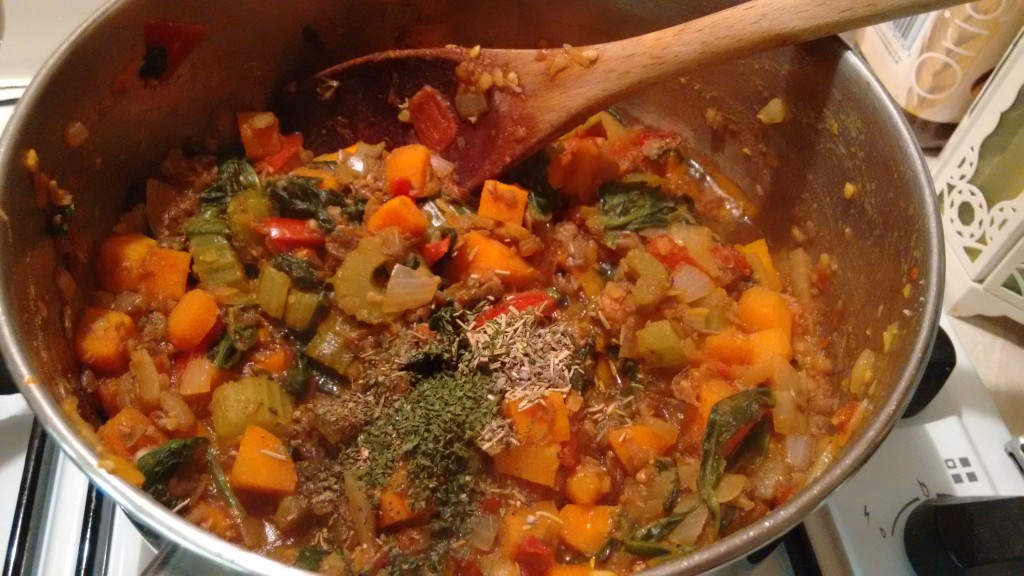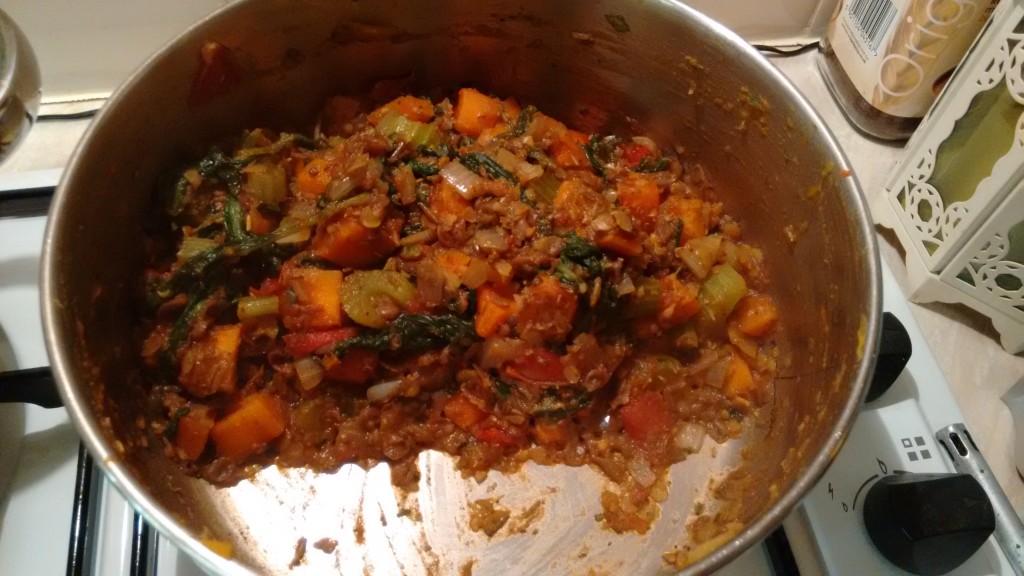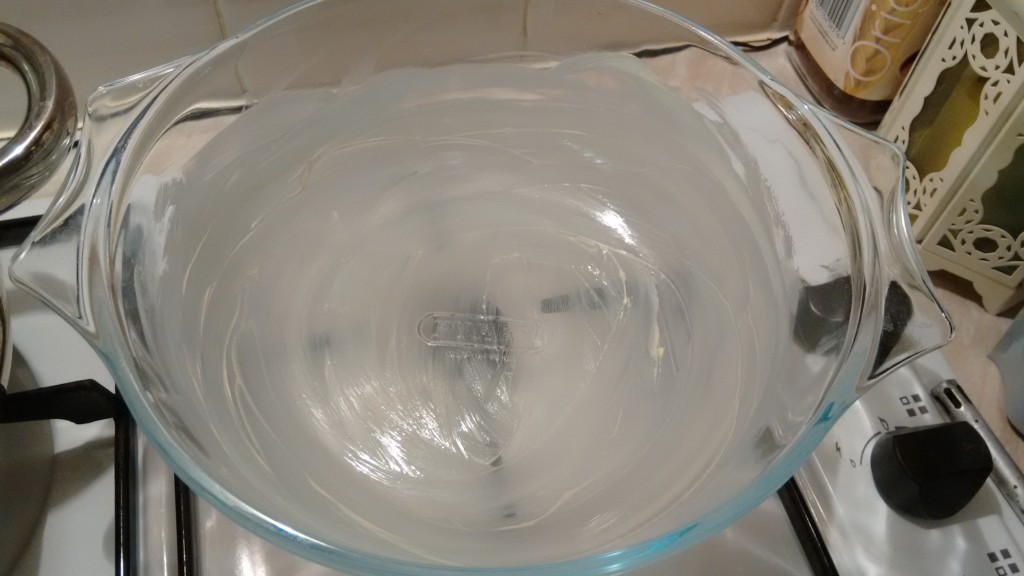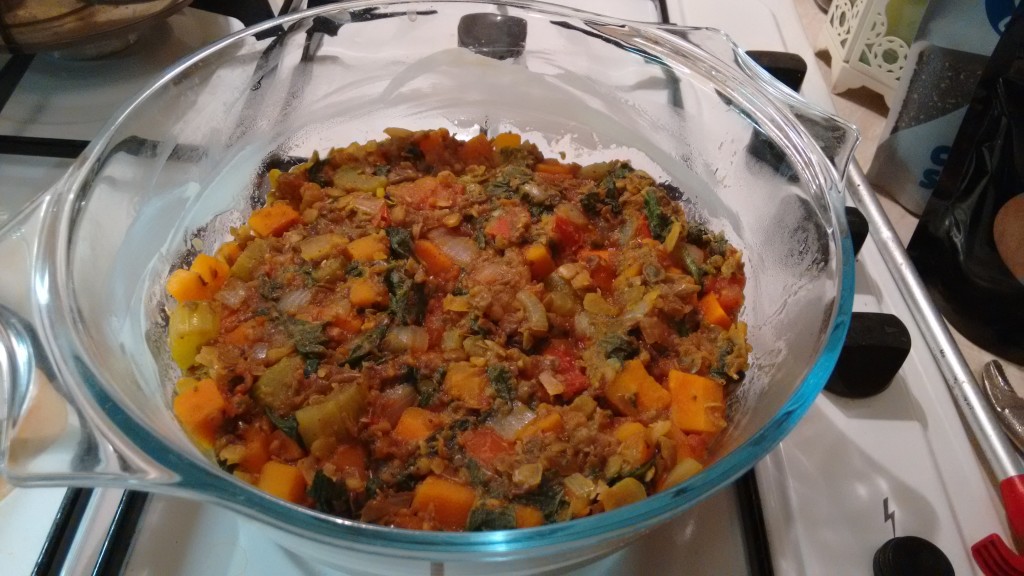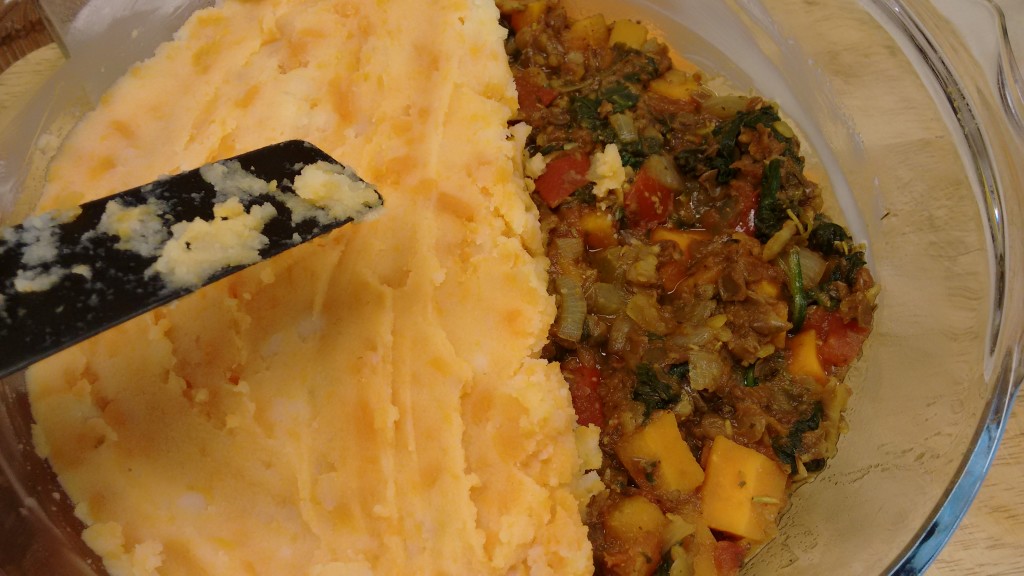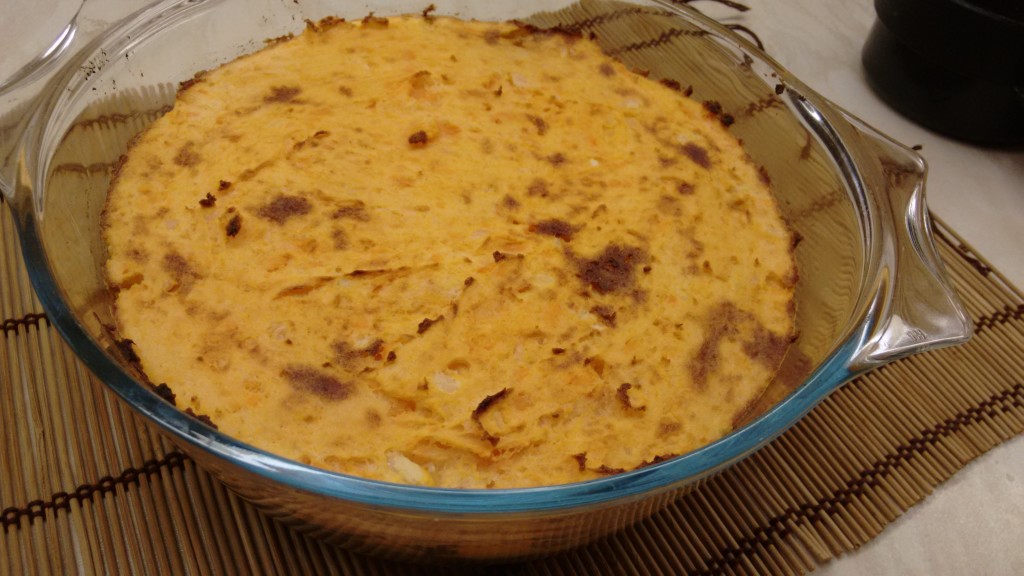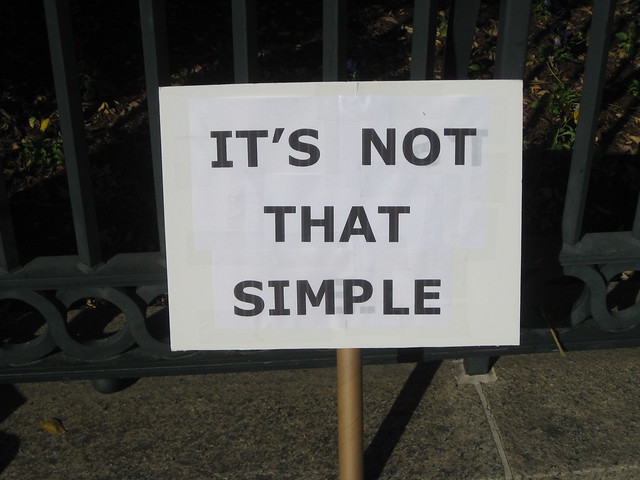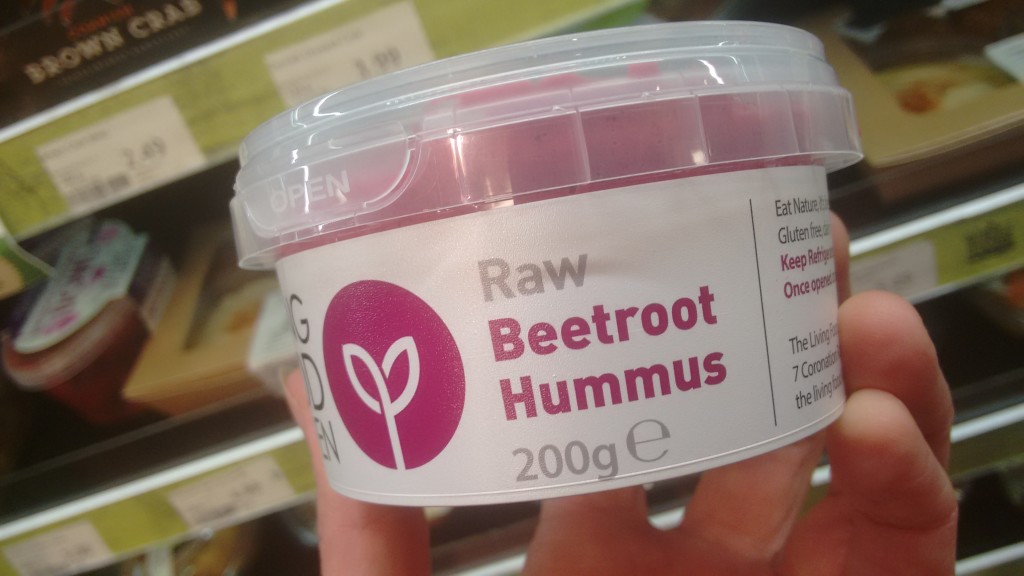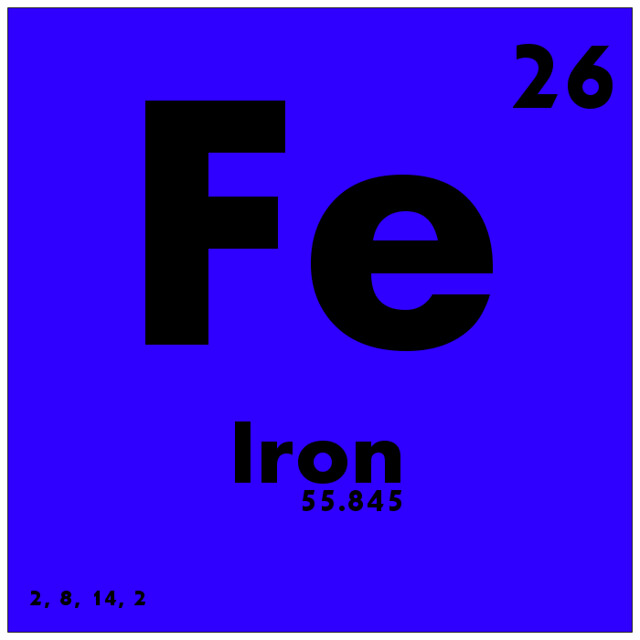
© 2015 Science Activism, Flickr | CC-BY | via Wylio
A few days ago I saw an ‘article’ in Harpers Bazaar entitled ‘5 Reasons Not To Go Vegan’ in which a ‘nutritionist’ explained how hard it was to get enough iron on a vegan diet, and that meat is a much better source of iron.
She went on to explain how, as a vegan, it can also be hard to get enough protein and other nutrients that, in fact, AREN’T AT ALL hard to obtain from plant food.
I was surprised this article was allowed to be published – and why didn’t they ask ME to be the resident nutritionist? I tell the truth that I learned from peer-reviewed science, rather than regurgitate old information that I haven’t once questioned. GRRRR!!
Funnily enough, that article has since been deleted – I’m guessing people must have complained. I’d have complained myself if I wasn’t jaded from seeing too many of these types of ‘articles’ with their dodgy ‘nutritionists.’
Just to prove it WAS there – here it was! Just check out that dumb old URL…
Here’s what’s what on iron:
We need iron. It’s well known that iron deficiency can lead to anaemia. Symptoms of iron deficiency and anaemia include fatigue, dizziness, weakness, and palpitations (though if you suffer from any of these symptoms, don’t automatically assume you have an iron deficiency. These symptoms are compatible with lots of conditions, so go see your doctor and find out what’s up).
Many people who go back to meat-eating from being vegan say they felt tired and weak and feel it’s because they weren’t getting enough iron, believing that ALL the iron is in the red meat.
The sad truth is that many doctors still recommend upping red meat intake to those that are low in iron – I’ve even heard this within the last year.
Unfortunately, most have so little nutritional education, they advise their patients to eat food that is carcinogenic and full of saturated fat, cholesterol and antibiotics rather than study modern science on how BEST to acquire sufficient iron levels from food safely.
So what IS the truth?
The confusion arises because iron from meat (haem iron) IS more quickly absorbed in the human body than iron from plants (non-haem iron). THIS is why the medical profession will often prescribe red meat or liver to patients low in iron, thinking that this will be a quick cure.
Because haem iron is known to be more quickly absorbed, people think that haem iron is better for us, period.
BUT…
…This is NOWHERE NEAR the full picture.
That haem iron is more quickly absorbed is not a good thing. It is absorbed by the body quickly WHETHER WE NEED IT OR NOT. It is not a balanced way for the body to receive iron and can result in iron overload. This increases risk of cancer, stroke and heart disease.
Non-haem iron from plant food is slower to be absorbed by the body but is absorbed as our bodies need it (isn’t this clever?)
All the main health advisory bodies – ADA, BMA, WHO, PCRM – concur that iron deficiency anaemia is no more common in vegetarians than it is amongst meat eaters.
And in the UK in 2002; a study of 33,883 meat-eaters, 18,840 vegetarians and 2,956 vegans found that vegans were found to have the highest daily intake of iron.
As we’ve seen, iron overload is just as dangerous as iron deficiency – but we stand far less chance of over-dosing on iron on a plant-based diet.
Great plant-food sources of iron are whole grains, green leafy veg, beans, lentils, nuts and seeds; and vitamin C-rich fruit and veg help us absorb the iron, but really, if you’re eating a varied whole food, plant-based diet, you don’t need to stress over it.
It’s actually hard to NOT get enough iron on a whole food, plant-based diet.
Just in case you come across an article with information on veganism or plant-based health and you are not sure of it’s credibility; or it seems to contradict information you believed to be true, here is a handy guide to help you navigate conflicting information.
